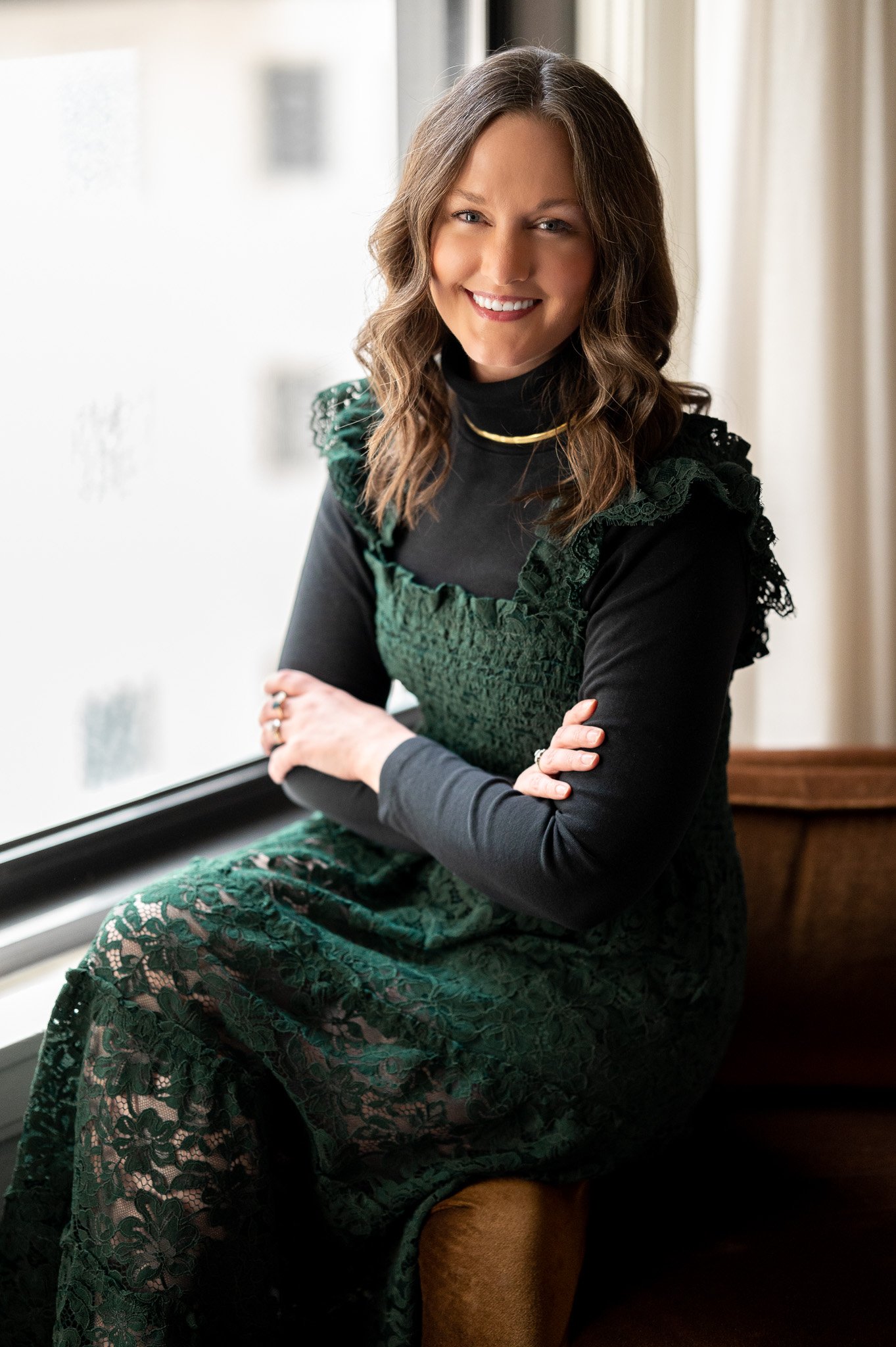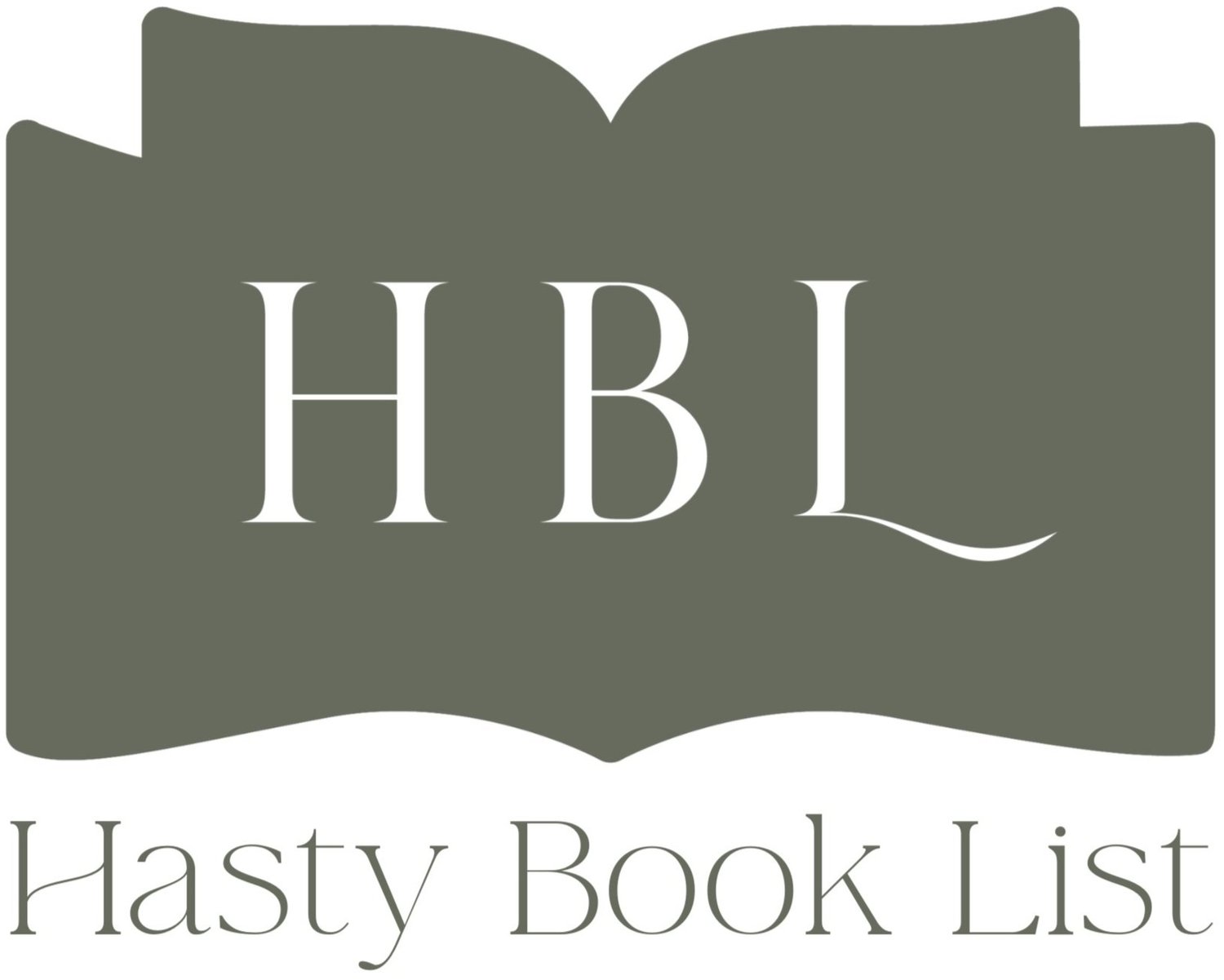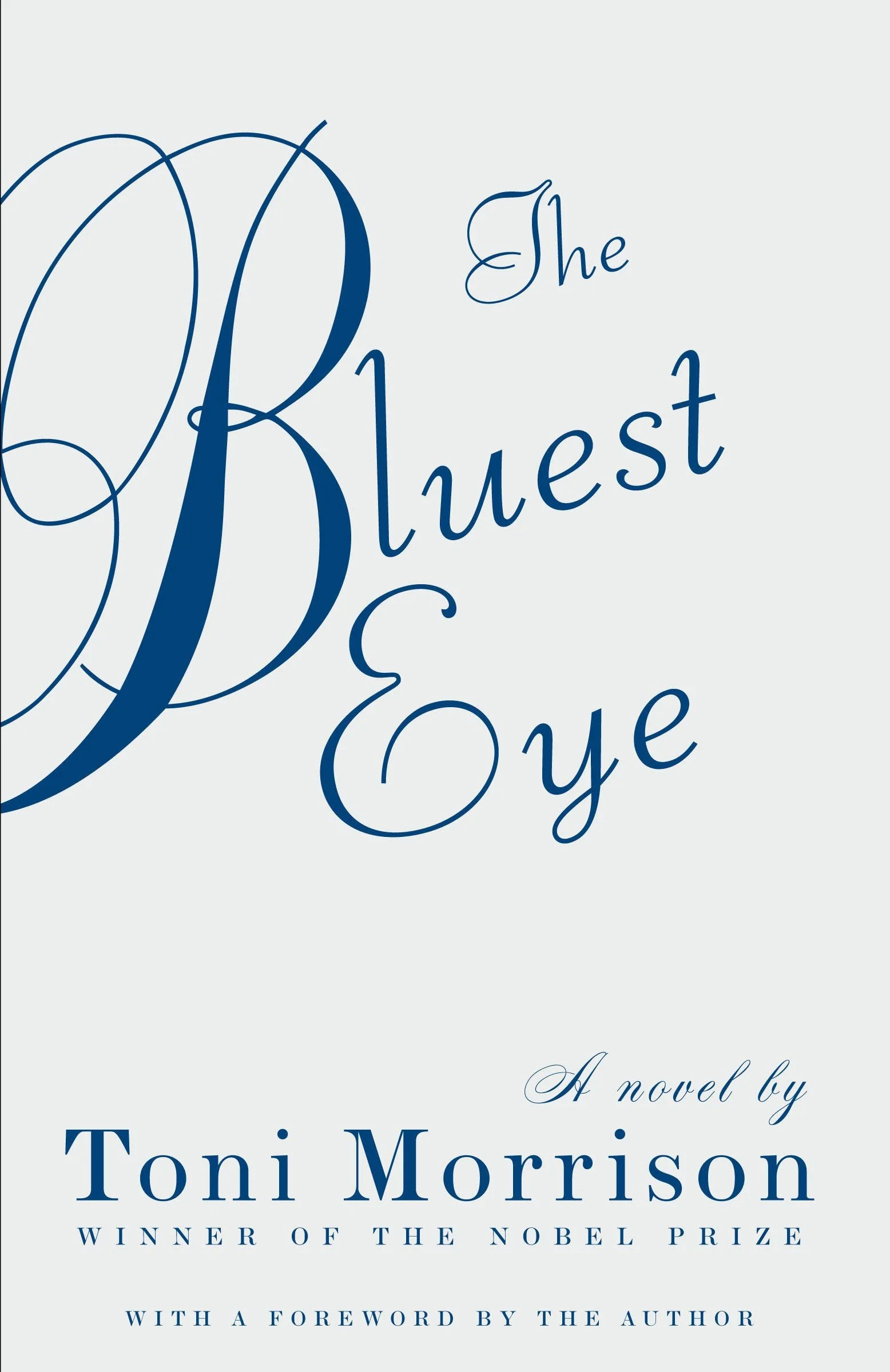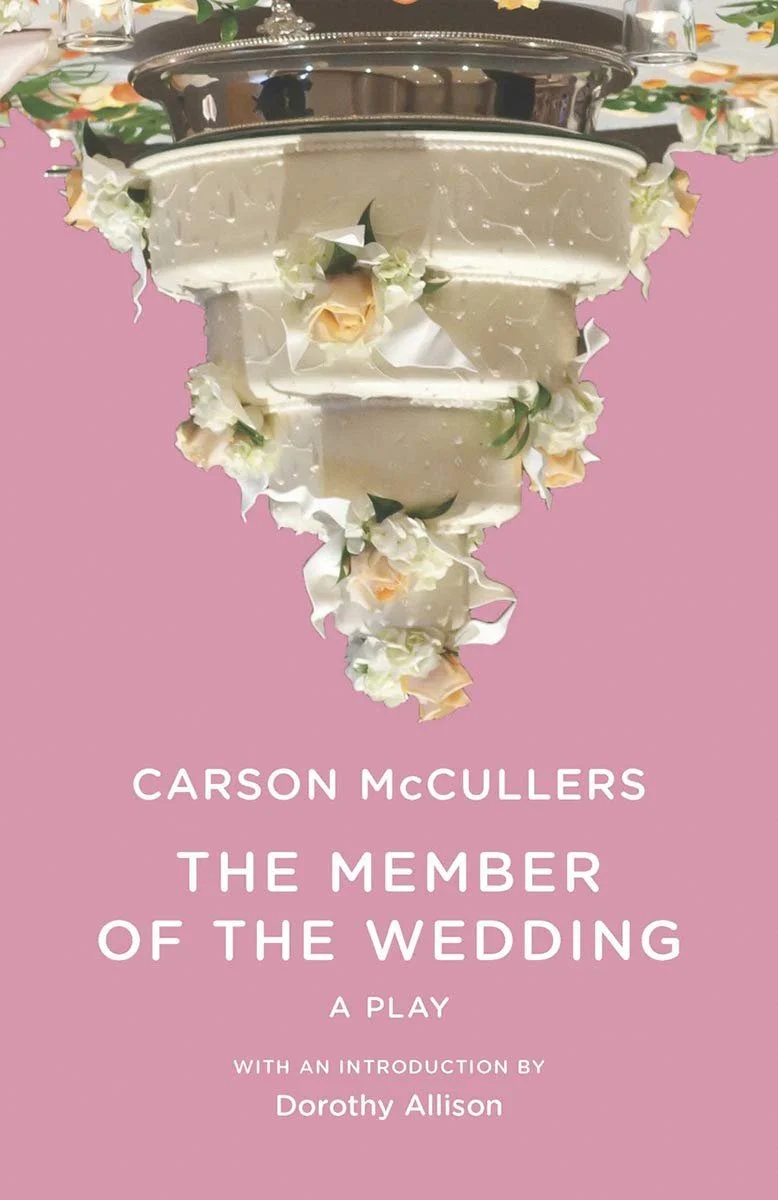Barbara Sapienza
Author Interview - Barbara Sapienza
Author of The Girl in the White Cape
Fifteen-year-old Elena lives in a church attic in San Francisco’s Richmond neighborhood, where she is cared for by her guardian, a kind Russian priest named Father Al. Six days a week, Father Al sends her out of Our Lady, across the meadows and ponds of Golden Gate Park, and all the way to Baba Vera’s house on Taraval Street for Baba’s version of school.
Unlike regular school, however, Elena’s learning is unnerving. Baba Vera’s preposterous demands, dizzying antics, and house—which is full of skeletons, brooms, strange implements, and guinea pigs, among other oddities—seem straight out of a Russian fairy tale Father Al used to read to Elena . . . not life in 2020. If not for her beloved doll, Kukla—bequeathed to her by the mother she never got to know, but of whom she often dreams—Elena would be overwhelmed. Yet she works hard at every task given her, understanding intuitively that there is a purpose to every one of her grandmother’s strange assignments.
Frank, a young taxi driver, enters Elena’s world on the day he delivers a strange, witch-like woman named Anya to Our Lady. Upon meeting Anya and Elena, a dream-world begins to spin for him—and he feels a deep, protective pull toward Elena. In the days that follow, Frank devotes himself to saving her from the harm he is sure Anya intends toward her. What he comes to understand, as he enters more deeply into Elena’s story, is that she has magic of her own. He thought he was supposed to save her—but in the end, the two of them may just save each other.
Author Interview - Barbara Sapienza
Author I draw inspiration from:
Toni Morrison - The Bluest Eye by Toni Morrison, portrays a young African American girl, Pekola who is obsessed with Shirley Temple and her blue eyes. Pekola lives a life of abuse and yearning in a white world that cannot see her beauty. When the world she lives in is against her, she goes mad, believing she has the bluest eye.
Author Interview - Barbara Sapienza | Author I Draw Inspiration From
Favorite place to read a book:
Any cozy nook, but if I had a choice, I’d read swaying on a hammock under the oak trees or in the redwoods where birds sing and play. Or maybe near a schoolyard where children’s voices, sing and scream. Usually I read at night in bed next to my husband, I like that too.
Book character I’d like to be stuck in an elevator with:
In To Kill a Mockingbird by Harper Lee I love the daring spirit of Scout and Jem and the courage of Atticus who stood up for Bo. I loved the children’s courage to stand up against the dominant culture of which they lived.
If I were stuck in an elevator with Scout, I might ask her if she and Jem were scared when they went to Bo’s house. I might tell her how brave and adventurous she is. I might tell her my dad was also a lawyer, and how I hoped that he too would defend people who were not loved by society. I might tell her I envied that she had a brother, and a dad like that.
Author Interview - Barbara Sapienza | Book Character I’d Like to be Stuck in an Elevator With
The moment I knew I wanted to become an author:
In 1984 I went to a book reading in San Francisco. Harriet Doerr at 74 was reading from her debut novel, Stones for Ibarra. Harriet was an older woman coming back to writing after raising children. I thought, wow! Maybe some spark of recognition, of knowing, beamed through me at that event, though I was immersed in graduate studies and never dreamed of writing a novel. I began to write later in the nineties.
At sixty-five I saw the possibility of publishing when at a panel discussion at Book Passage, in Marin County. Brooke Warner, founder of She Writes Press, said she wanted to give women writers a chance, so she started a hybrid press. She told the audience that she’d read for a small press, discovering how many great novels were bypassed. SWP is not a vanity or self-publishing press, though there is a fee. I knew then, I couldn’t wait for my good writing to be ignored and discarded; that in my seventies I’d publish Anchor Out, a novel I’d been writing for years. It was published in 2017 when I was 72. Then The Laundress, A Novel, 2020 when I was 75. And now The Girl in the White Cape at 78. I like to think that Harriet Doerr inspired me and Brooke Warner made it happen. Thank you.
Hardback, paperback, ebook or audiobook:
What is it that you like/dislike about each of these options?
I love paper. I’m an artist and I love to paint on paper. I love the feel, I love to hold a book in my hands, to touch the page, to flip through back and forth, to study the structure of the author. After all, I handwrite my novels, feel is important.
Ebooks are convenient especially when traveling, and audiobooks are lullabies to fall asleep by.
The last book I read:
The Member of the Wedding by Carson McCullers
I loved the intimacy of a twelve- year-old Frankie’s obsession with leaving her hometown to become a member of something—a member of her brother’s life with his upcoming marriage and her plan to run away with the beautiful couple and never come back. I love the intimacy in this novel. The way Frankie changes her name to F. Jasmine and sits at the table in the swell of heat of a hot summer day trying to convince her nanny, Berenice, that she is grown up and will never come home. Only to learn from Berenice that she should rather have a love affair with a boy and not this idea. Then Berenice shares her own love stories.
Author Interview - Barbara Sapienza | The Last Book I Read
Pen & paper or computer:
I write with a pen in hand.
I write because of the surprise hidden within me–words sitting, nesting in a tiny cocoon that will be born out of that night of dreams into the light where the sun will warm them so they can dance across the page. Yes, words lie dormant within me and then slip out like a child–the infant child from the mama’s womb, gazing as they search for mother’s milk, latching on drawing milk. Words Spring forth like Venus on the half shell or Aphrodite or the Virgin Mary. Words are the milk that feed me, nourish my soul, bring me closer to my own hidden jewel so that I can see and be who I am. They bring forth the gem star of my being and like the newborn baby in the dark cavernous room, they pop out.
Yes, I write because it brings me life. I write to see with new eyes. I write to be alive. The hand that holds the pen is fueled by the blood from my heart. As the blood ink flows through my veins and arteries, touching the page, I see my life.
To tell the truth I came to writing through Julia Cameron’s , The Artist’s Way. Orah, my peer in a psychology seminar told me joyfully over lunch about a morning practice she was doing, daily writing— morning pages inspired by Julia Cameron. A program that asked her to write for thirty minutes a day without stopping, without judging. Cameron asked that we keep dates with ourselves. Yes, schedule yourself on the calendar a block of time, give yourself permission to spend a few hours a week, even a half hour would do. But you must write it on your new calendars. That was novel for me to have a date with myself— to find myself choosing myself over others. Sometimes Cameron suggested buying yourself a pair of warm socks or going somewhere you’ve never been. Orah was taking care of herself.
I was forty-five then and about to graduate with a PhD in clinical psychology. I’d written academic papers— my research recently completed on reproductive choice in older women was all was bound in red. But creative free writes, never. So at forty-five I took my notebooks and pens to a special place and wrote every morning when I first got out of bed. I felt alive each day. I began, again and again, with the fresh white page, flipping through notebook after notebook, spending years finding my voice, my strength in expression. At seventy-three I published my first novel.
For me words are to be nurtured, to be fed, to be born so they can be seen like the fetus implanted in the warm womb, gestating, getting ready to emerge. Now I find myself at musical events sitting with pen and the little notebook in my lap in the dark, scripting a word that comes to me, sending Music to my soul.
On last New Year’s Eve I was graced at the table with three young women, college students. I asked if they had a word to carry into the new year— a word close to their hearts. Words just popped out the way my niece’s baby popped out of New Year’s Eve. One word, ambition. Another word, boundary. Another young woman said sleepy, wanting to remember to sleep more at school. My daughter said, peace. My word, breakthrough. Papa’s words of caution, simmer down. I think he wanted more time to find his word.
A word bursting forth on the cusp of the new year, a new day, carries a newness. Even in the Bible we hear, then there was the word and then there was God. Here were words coming out of the deepest darkest part of the year, solstice, bursting forth into a new year. A word can hold the world— a world to be expressed. To be felt. To be worn. To be painted. To be spelled forward and backwards and upside down. A word to be tasted. To be held. To be nursed. To be understood.
A word— to dance with, to sing aloud, to feel each syllable roll over our tongues the hard and soft if it. You feel it like a Sufi poet feels each syllable in a prayer. Yes, a word is a flash of light, an enlightenment. Yes, the word is yours, speaks your own language; a word that is your prayer into the new day; that alights across the sky of your heart. Write it.
If I weren’t an author, I’d be a:
If I weren't an author, I’d continue to be a human and a creative type. I’d work with children, whose spontaneity and truthfulness feed me. My career choices— third grade teacher, special ed. teacher, clinical psychologist, artist, painter, writer and chef/baker feed me.
Favorite decade in fashion history:
I loved the late sixties when I came to San Francisco and wore long madras print dresses, Birkenstock sandals, and floppy hats. I was a hippie listening to Jefferson Airplane in Golden Gate Park, opening my heart to a new era.
Place I’d most like to travel:
I travel frequently to Italy and Sicily because my grandparents were born there. I love the foods, smells, art, and comraderie. It feels a bit like home. Mexico is my next favorite place to travel.
My signature drink:
Matcha Lattes with oat milk, no sugar, please.
Favorite artist:
I have been painting and taking art classes since 1994. My body of work reflects my love for color, form, and abstraction. I have been influenced by early artists such as Renaissance artists Leonardo’s figures of women: Piero della Francesca’s, Pregnant Virgin, his use of color: Edourd Manet’s, Le Dejeuner, El Greco’s blues in John the Baptist, Matisse’s cut outs.
I love the California Bay Figurative Artists, such as, Richard Diebenkorn, Wayne Thiebaud, Manuel Neri, Elmer Bischof, Nathan Olivera, Joan Brown. Then there is Helen Frankenthaler, who pours and drips paint. And Fred Reichman, my first teacher, and all my glorious teachers. Now I like nothing better than to spend an afternoon in the museum, drooling over a small Durer or an El Greco; over Frank Bolwing’s massive sweeping color maps; over Cy Twombly’s making marks.
Number one on my bucket list:
To stay alive while I’m alive; to feed and nurture creative spirit wherever I may be; to walk among the trees and the children.
Facing old age gracefully and not be afraid of old age and death
Anything else you'd like to add:
Thank you for your work and creative questions.
Find more from the author:
Author Bio:
Barbara Sapienza is a retired clinical psychologist; Alumna of San Francisco State University, Creative Writing, MA Program. Her novels include Anchor Out, 2017, IPPY; The Laundress, 2020, Starred Kirkus, and The Girl in the White Cape, 2023. Recent publications: Read 650, Voices of Hope, Carnegie Hall; Coverstory Books-poetry and short stories; Art in the Unbearable Time of Crisis, “Lullaby and Goodnight”, Ed. Stephanie Raffelock, 2022. Various anthologies.
John the Gatherer, won 9th place in Writers Digest’s 91st competition in the category of Inspirational/Spiritual, December 2022 —not yet published.
She lives with her husband in Sausalito, sends love to her children and granddaughters, works on a memoir, dances, paints and does tai chi.








